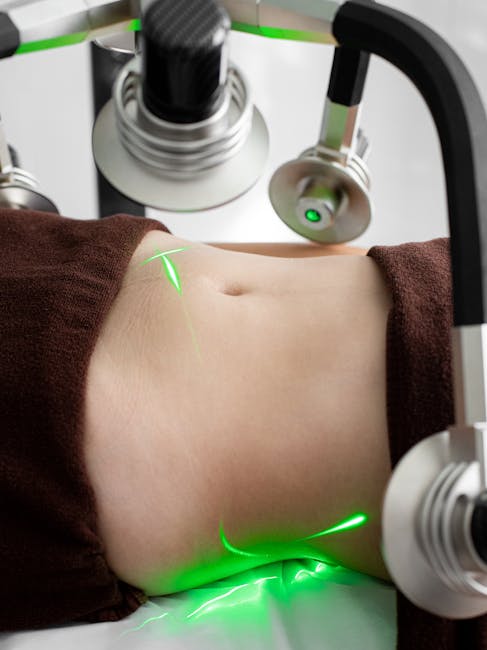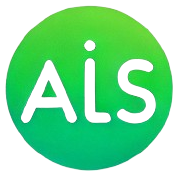Battle of the Skin Treatments: Chemical Peels versus Laser Resurfacing
When it comes to improving the appearance and health of your skin, there are a plethora of treatments available, each with its own set of benefits and considerations. Chemical peels and laser resurfacing are two popular options that target various skin concerns, from wrinkles and fine lines to acne scars and hyperpigmentation. In this comprehensive guide, we’ll delve into the details of these two treatments to help you make an informed decision about which one is right for you.
Chemical Peels
Chemical peels have been a staple in the world of skincare for decades, offering a quick and effective way to exfoliate the skin and promote cell turnover. During a chemical peel treatment, a solution containing various acids, such as glycolic acid, salicylic acid, or trichloroacetic acid, is applied to the skin to remove the outermost layer of damaged skin cells. This process reveals fresher, smoother skin underneath and stimulates the production of collagen and elastin, which are essential for skin elasticity and firmness.

Benefits of Chemical Peels:
- Improves skin texture and tone
- Reduces the appearance of fine lines and wrinkles
- Diminishes sun damage and age spots
- Treats acne and acne scars
- Minimizes the appearance of pores
Considerations for Chemical Peels:
- May require multiple sessions for optimal results
- Downtime needed for skin peeling and healing
- Potential side effects such as redness, irritation, and sensitivity
- Not suitable for individuals with certain skin conditions or sensitivities
Laser Resurfacing
Laser resurfacing is a more advanced and precise skin rejuvenation treatment that uses concentrated beams of light to target specific skin concerns. There are two main types of laser resurfacing: ablative and non-ablative. Ablative lasers remove thin layers of skin to stimulate new collagen growth, while non-ablative lasers work beneath the skin’s surface to promote collagen production without damaging the outer layer.
Benefits of Laser Resurfacing:
- Reduces wrinkles and fine lines
- Tightens sagging skin
- Improves skin tone and texture
- Minimizes acne scars and pigmentation
- Stimulates collagen production for long-lasting results
Considerations for Laser Resurfacing:
- May require multiple sessions for optimal results
- Downtime needed for skin redness and peeling
- Potential risk of scarring or hyperpigmentation, especially with ablative lasers
- Not suitable for individuals with certain skin tones or conditions
Choosing the Right Treatment for You
When deciding between chemical peels and laser resurfacing, it’s crucial to consider your specific skin concerns, preferences, and lifestyle. If you’re looking for a quick and cost-effective treatment with minimal downtime, a chemical peel may be the ideal option for you. On the other hand, if you’re seeking more dramatic results and are willing to undergo a longer recovery period, laser resurfacing could be the better choice.
Consulting with a dermatologist or skincare specialist is essential to determine which treatment is most suitable for your skin type and goals. They can evaluate your skin condition, discuss your expectations, and create a customized treatment plan to help you achieve your desired results.

Conclusion
Both chemical peels and laser resurfacing are powerful skin treatments that can address a wide range of concerns and improve the overall health and appearance of your skin. By understanding the unique benefits and considerations of each treatment, you can make an informed decision that aligns with your skincare goals.
Remember, consistency and proper post-treatment care are key to maximizing the results of any skincare treatment. Whether you choose a chemical peel or laser resurfacing, prioritizing sun protection, hydration, and a healthy skincare routine will help maintain your skin’s newfound radiance for years to come.

